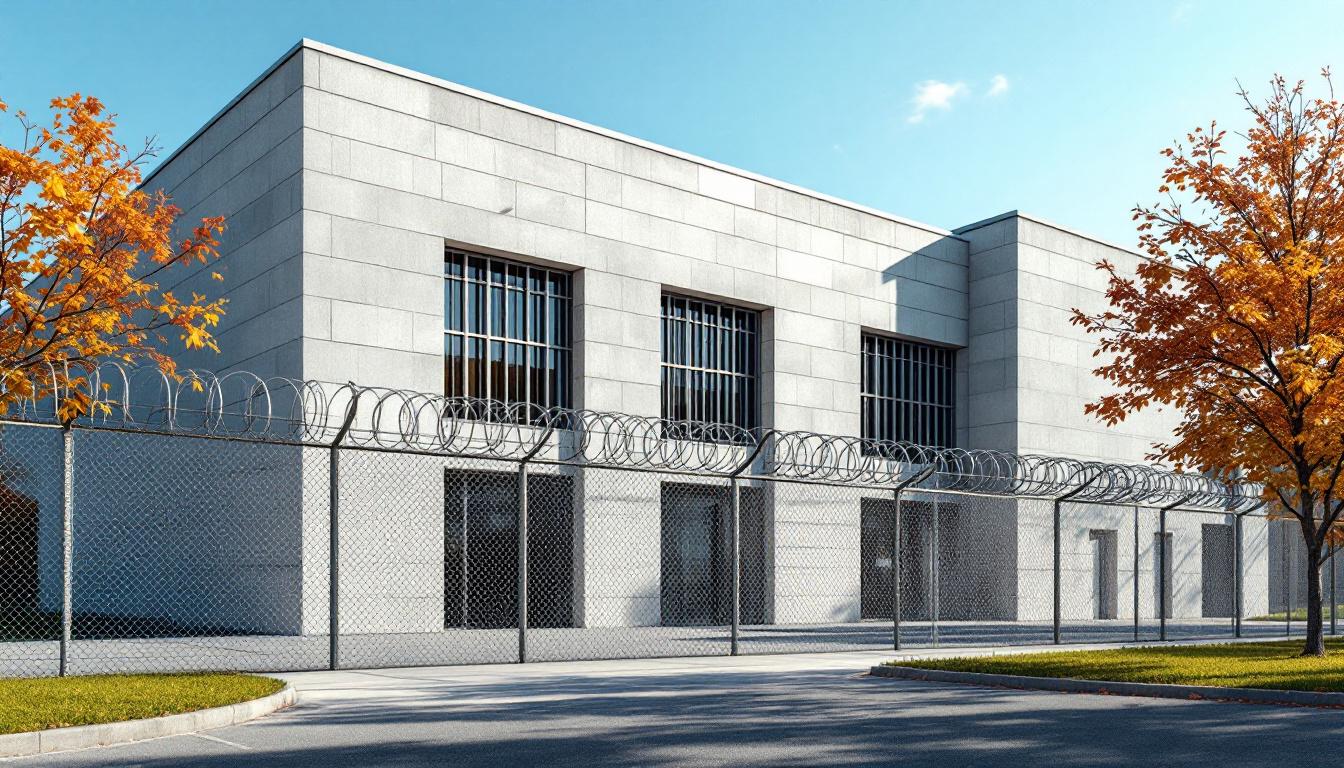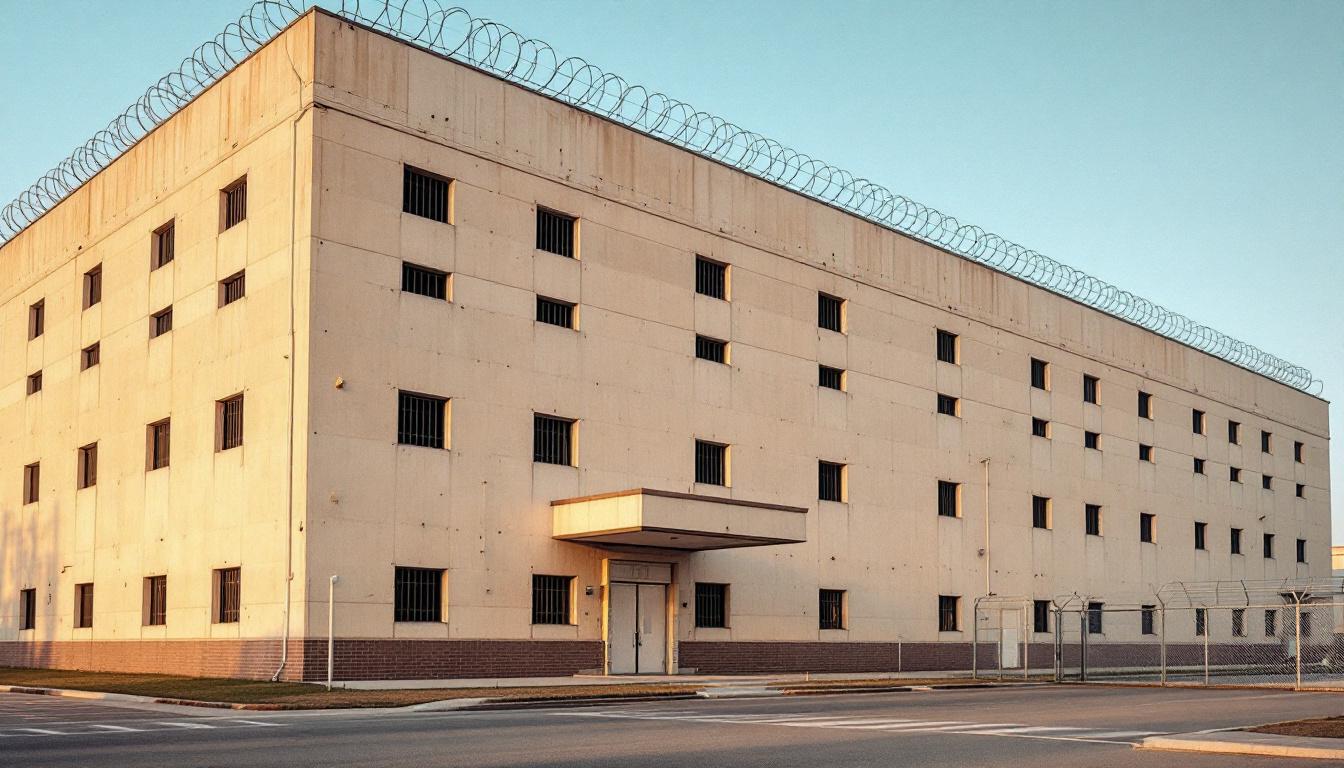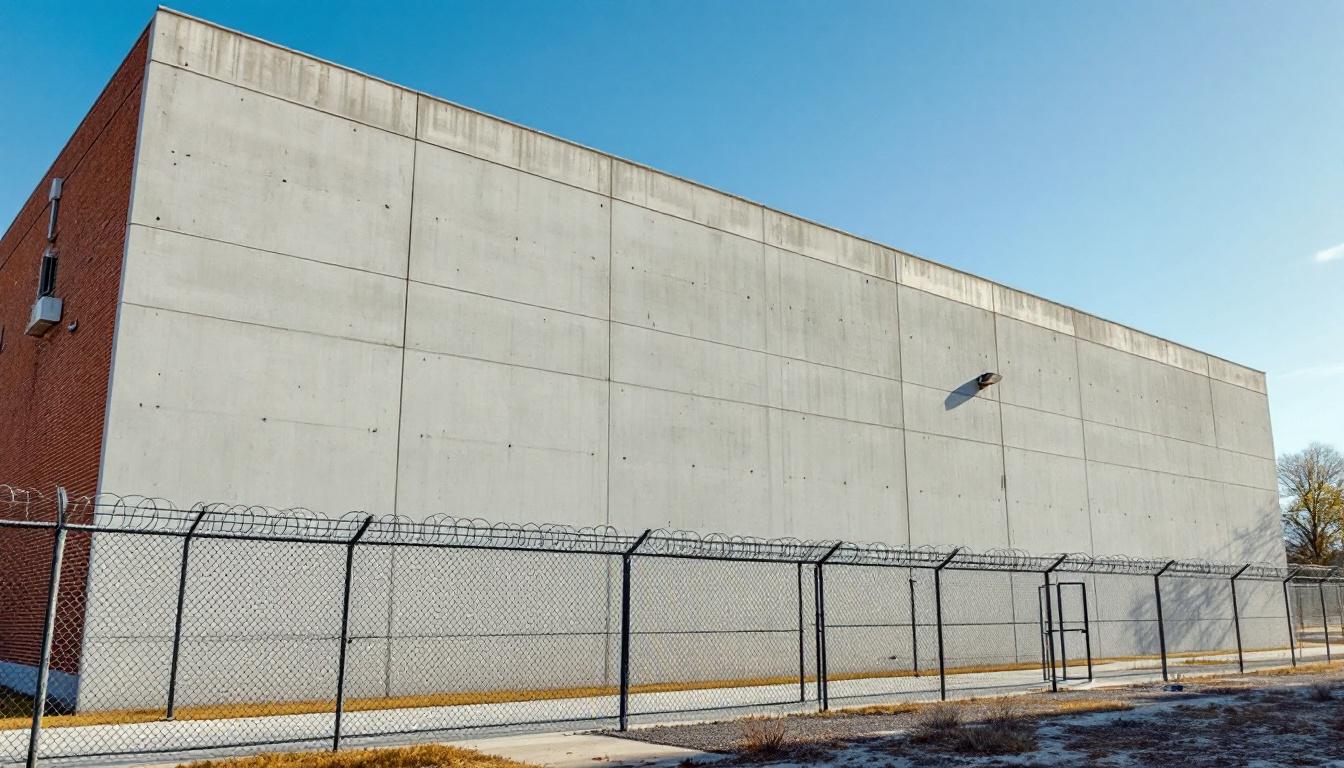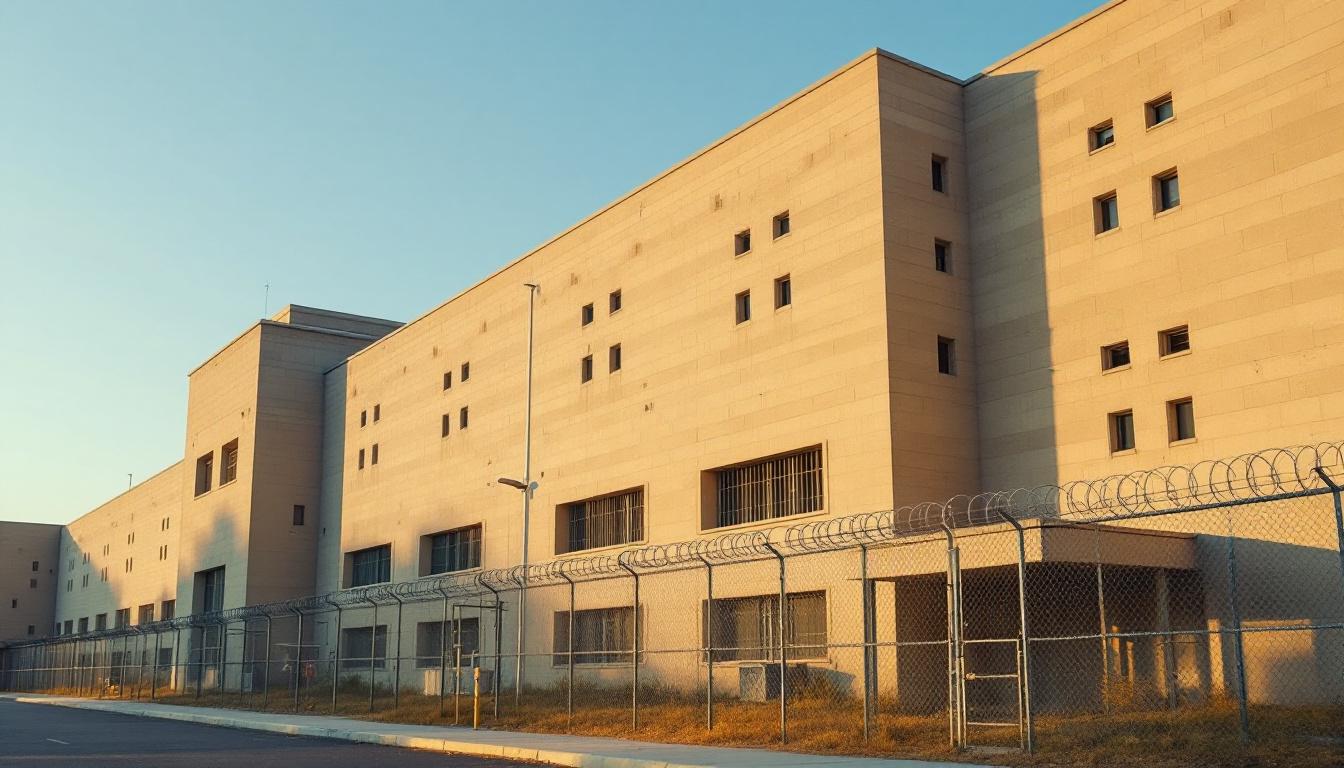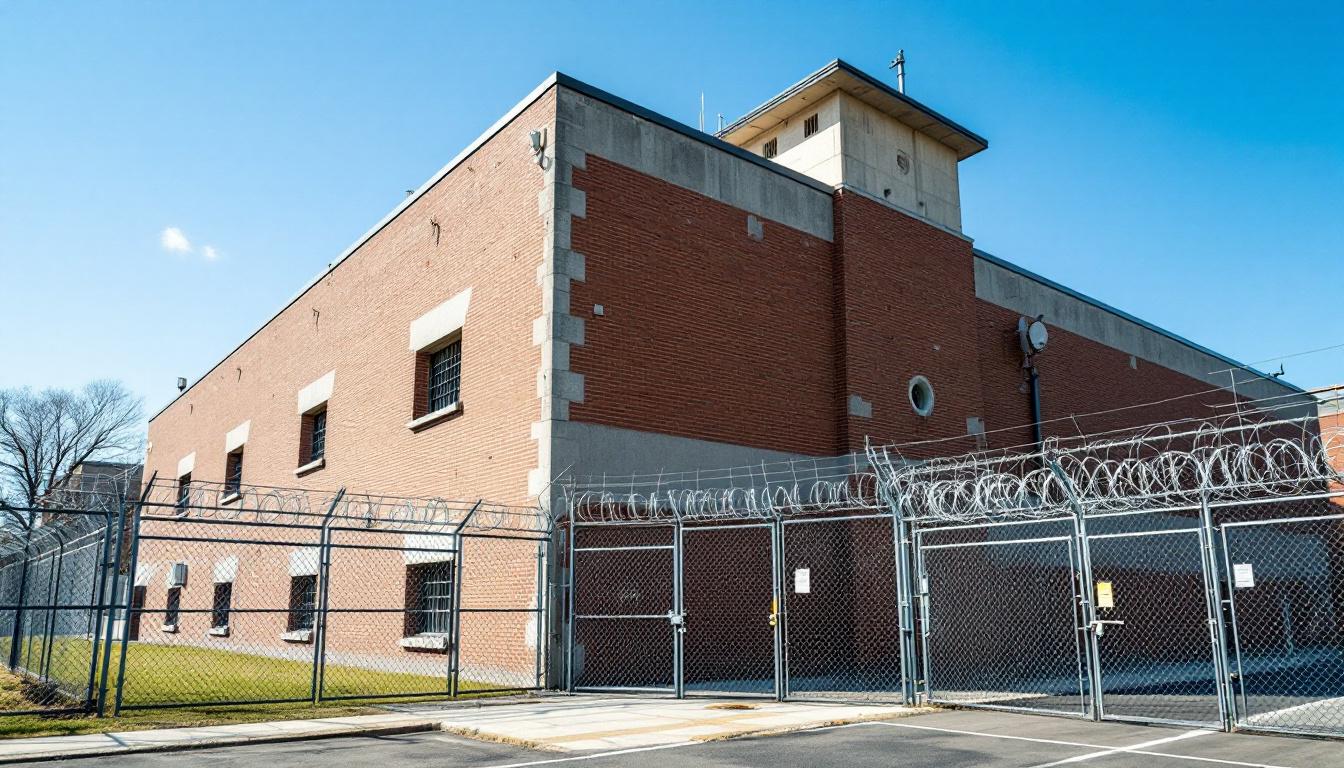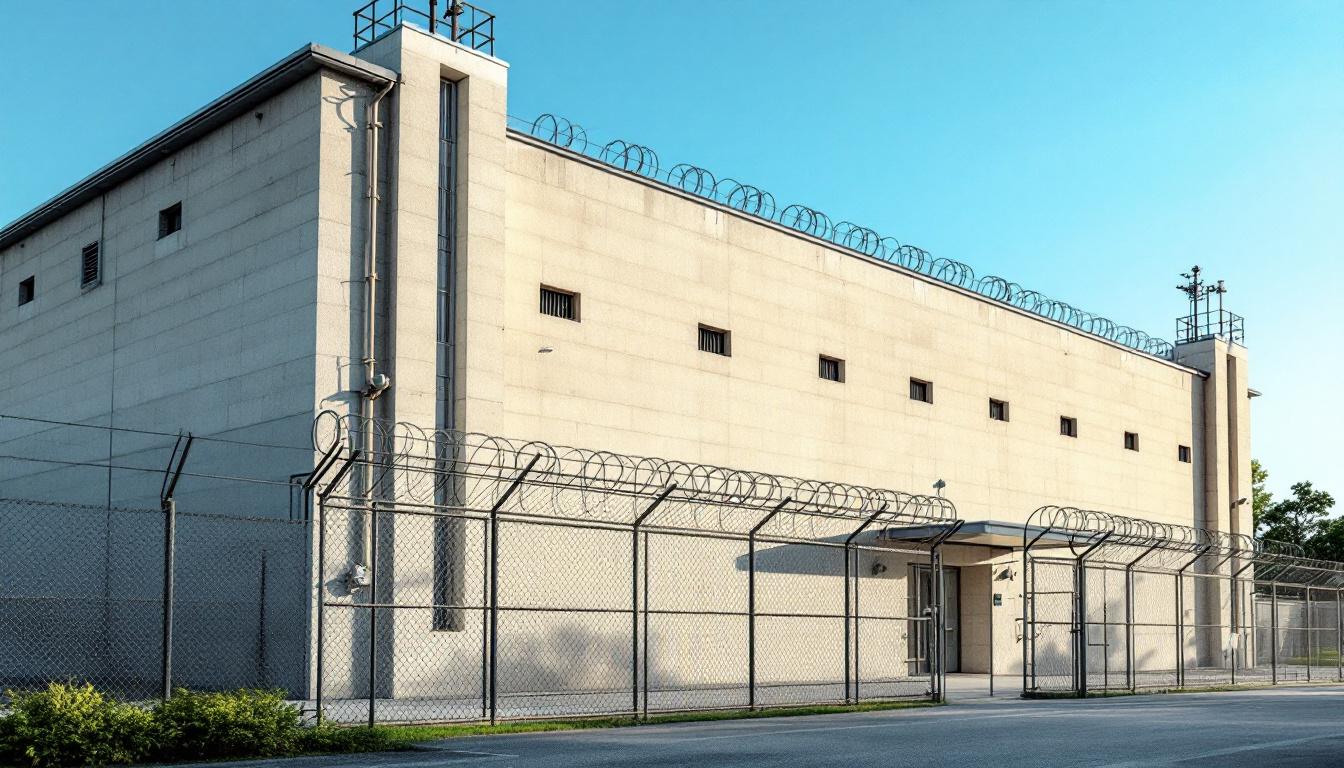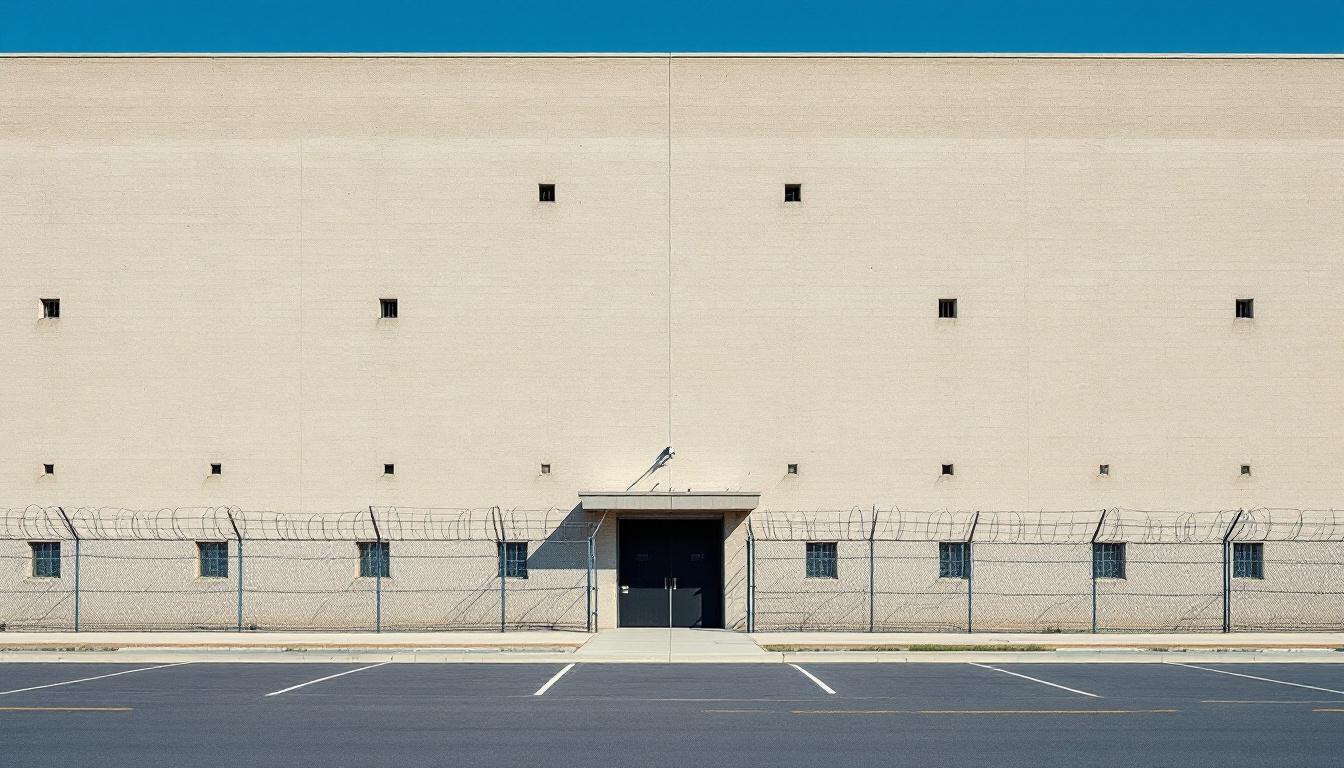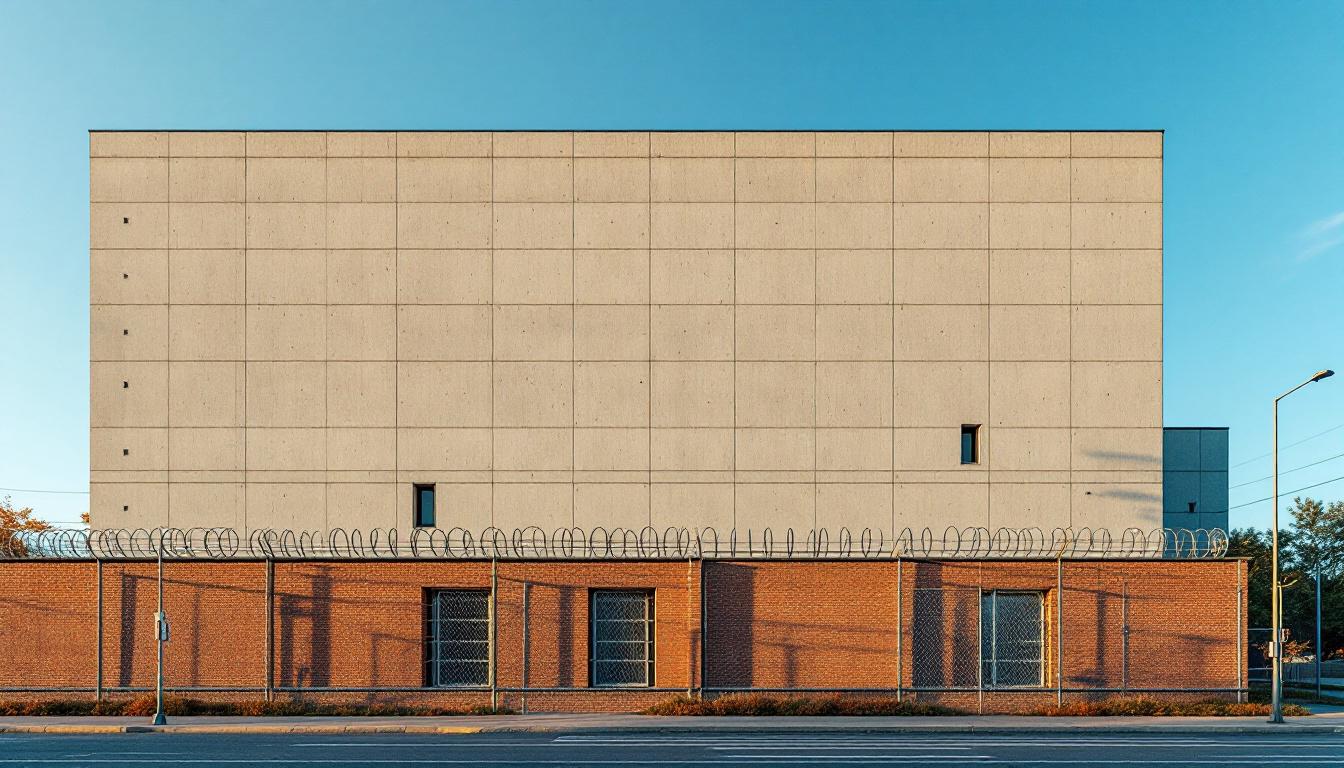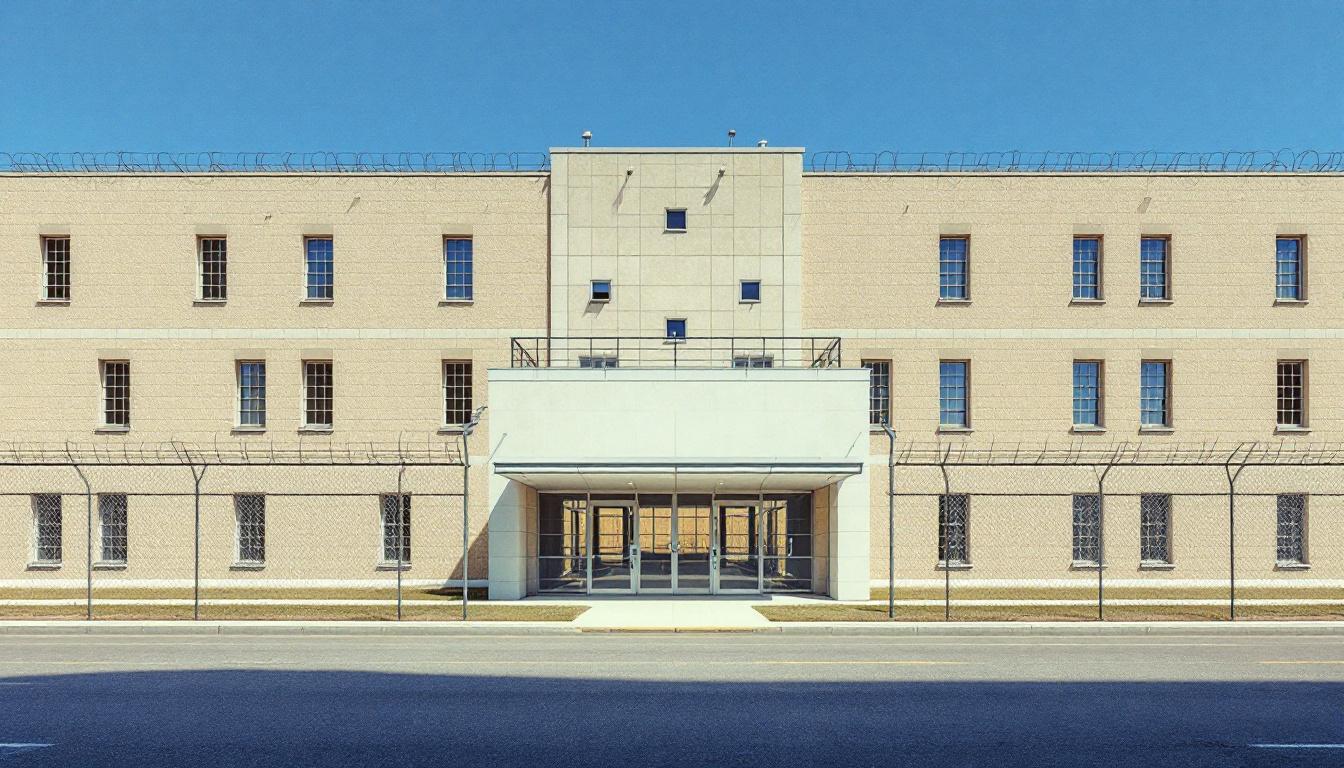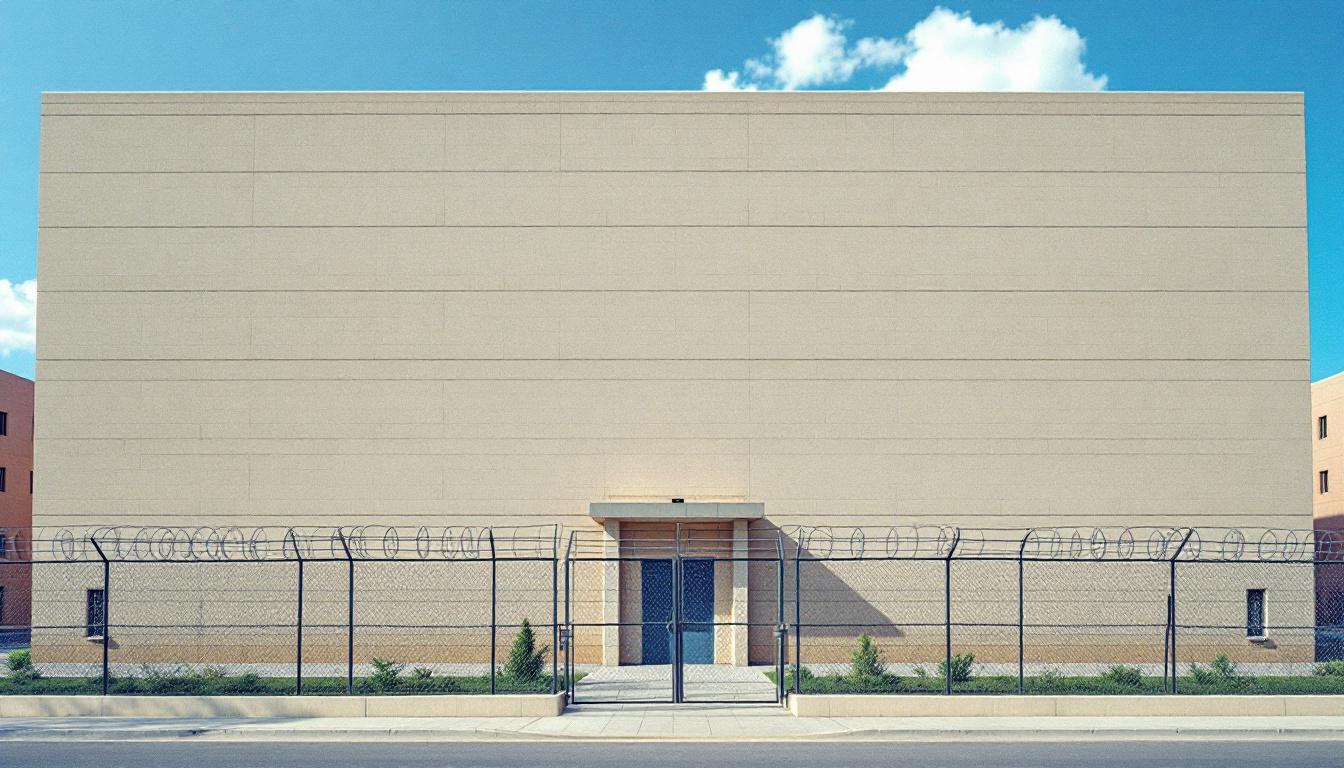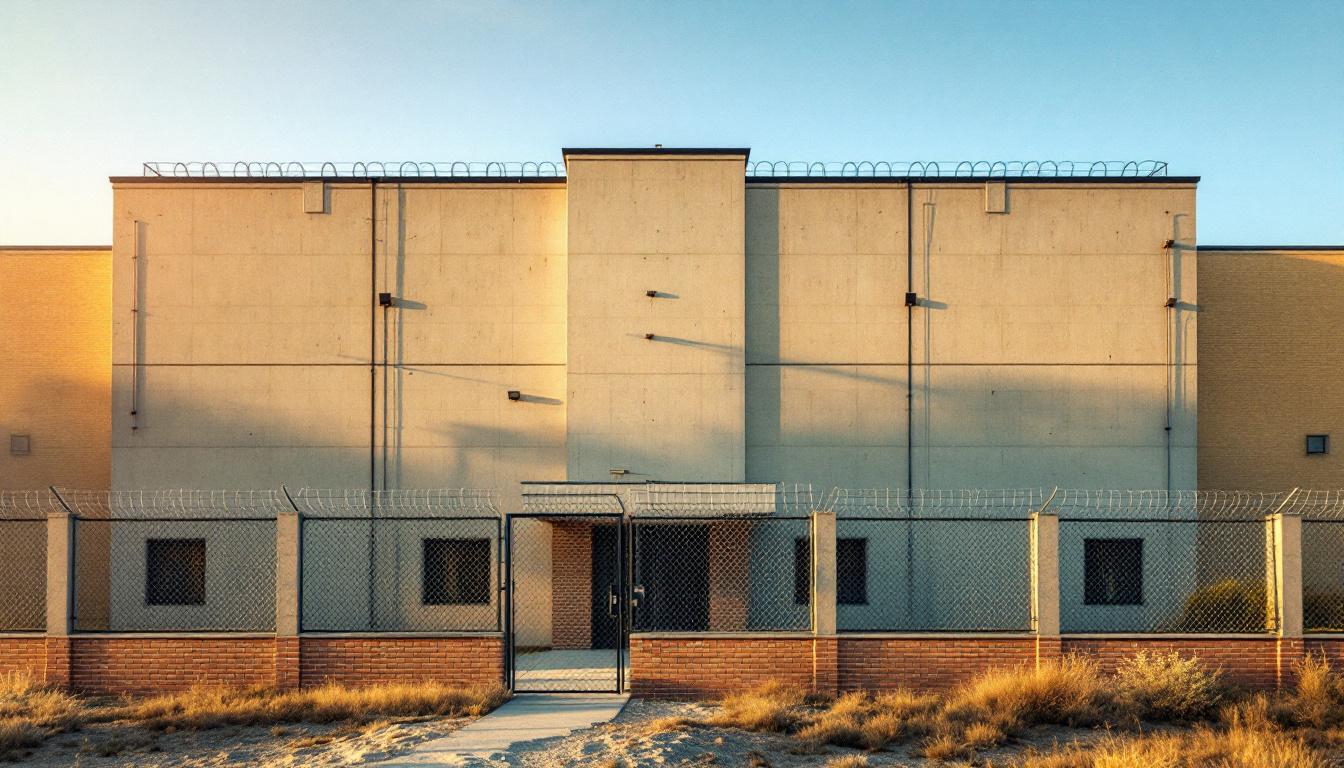
Quick Navigation
How to contact an inmate at Desoto Annex
This comprehensive guide will walk you through how to connect with an inmate at Desoto Annex. Follow the steps below to find an inmate and send letters and photos:
- Search for the inmate using our search tool below
- Create your account or log in to Penmate
- Write your message (up to 6,000 characters)
- Send instantly - inmates receive printed copies daily
Find an Inmate
Search for an inmate to start communicating today
Tip: You can search by first name, last name, or inmate ID number
To contact a person at Desoto Annex start by searching for the person on the official facility website. Perform a search by following these steps:
- Step 1: Enter their first name and last name into the search form and click "Search"
- Step 2: Locate their inmate record
- Step 3: Write down their Inmate ID and any housing information provided
Important! Be sure to enter the person's full name. Nicknames should not be used.
How to Send Messages to Inmates

You can use your phone or computer to send emails, letters, and photos to an inmate. Messages are sent electronically to inmate tablets or kiosks at the facility. If you would like to send a message, start by searching for an inmate at Desoto Annex.
Sending Photos and Postcards

A great way to send love and support to a loved one at Desoto Annex is to send photos and postcards. It only takes a few minutes to send photos from your phone and it makes a huge difference. You can also mail postcards with words of support and inspiration, or design your own postcard for special moments like birthdays and holidays.
Important! Be sure not to send any explicit photos or they may not be approved by the facility. You can also use a photo printing app like Penmate to make sure your photos are printed at the correct size (4x6 or 3x5) and are mailed according to the rules and regulations of Desoto Annex.
Frequently asked questions about Desoto Annex
-
How long does it take to deliver a message?
If you're sending an email message your letter is usually delivered within 24-48 hours. For messages sent via mail you should expect delivery within 3-7 days. All messages will need be approved by Desoto Annex.
-
How much does it cost to send a message to Desoto Annex?
You can send a message free using your phone or mail a message via USPS for the price of a $0.60 stamp and envelope. You can also purchase credits or e-stamps from services starting at $1.99.
-
What services can I use to contact an inmate at Desoto Annex?
Penmate
You can use Penmate to send letters and photos to an inmate from your phone. It's an easy way to stay in touch during your loved one's incarceration. Use the inmate locator to find an inmate's location and contact information, then you can send messages within a few minutes.
Securus messaging
Securus may be another option for communicating with an inmate at Desoto Annex. You can create a friends and family account and purchase credits to send messages. All messages will be reviewed and must be approved by the facility.
JPay
Some county jails and state prisons may support sending messages with JPay. You must register an account with the system, find your loved one, and purchase stamps to send messages. For some locations you can also attach photos.
Smart Jail Mail
You may also check if Smart Jail Mail is available at Desoto Annex. Smart Jail Mail is operated by Smart Communications and has contracted with some state and county jails. After purchasing credits, your messages and photos are sent to the facility, printed out, and then handed out to your loved one.
-
What is the mailing address of Desoto Annex?
Mailing address:
Desoto Annex
13617 FL-70
Arcadia, FL 34266
Phone: (863) 494-3727 -
What are the visiting hours at Desoto Annex?
Visiting hours at Desoto Annex vary by housing unit and security level. Generally, visits are scheduled on weekends and holidays, with some facilities offering weekday visits. Contact the facility directly at (863) 494-3727 or check their website for the current visiting schedule. Visits typically last 30-60 minutes and must be scheduled in advance.
-
What items are prohibited when sending mail to Desoto Annex?
Prohibited items typically include: cash, personal checks, stamps, stickers, glitter, glue, tape, staples, paperclips, polaroid photos, musical or blank greeting cards, hardcover books, magazines with staples, and any items containing metal or electronics. Only send letters on plain white paper with blue or black ink. Photos must be printed on regular photo paper (no Polaroids). Always check with Desoto Annex for their specific mail policies.
-
How do I send money to an inmate at Desoto Annex?
You can send money to an inmate at Desoto Annex through several methods: 1) Online using JPay, Access Corrections, or the facility's approved vendor, 2) Money orders mailed directly to the facility with the inmate's name and ID number, 3) Kiosks located in the facility lobby, or 4) Over the phone using a credit or debit card. Fees vary by method, typically ranging from $2.95 to $11.95 per transaction.
-
Can I schedule a video visit with an inmate at Desoto Annex?
Many facilities now offer video visitation as an alternative to in-person visits. At Desoto Annex, video visits may be available through services like Penmate, Securus Video Connect, GTL, or ICSolutions. Video visits typically cost $10-20 for 20-30 minutes and must be scheduled in advance. You'll need a computer or smartphone with a camera and reliable internet connection. Contact the facility for their specific video visitation policies and approved vendors.
-
What identification do I need to visit an inmate at Desoto Annex?
All visitors must present valid government-issued photo identification such as a driver's license, state ID, passport, or military ID. Minors must be accompanied by a parent or legal guardian who can provide the minor's birth certificate. Some facilities require visitors to be on the inmate's approved visitation list, which may require a background check. Contact Desoto Annex for specific ID requirements and visitor approval procedures.
-
How can I find out an inmate's release date?
To find an inmate's release date at Desoto Annex, you can: 1) Use the online inmate search tool if available, 2) Call the facility's records department, 3) Contact the inmate's case manager or counselor, or 4) Have the inmate provide this information during a call or visit. For privacy reasons, some facilities only release this information to immediate family members.
Facility Overview
Official Website
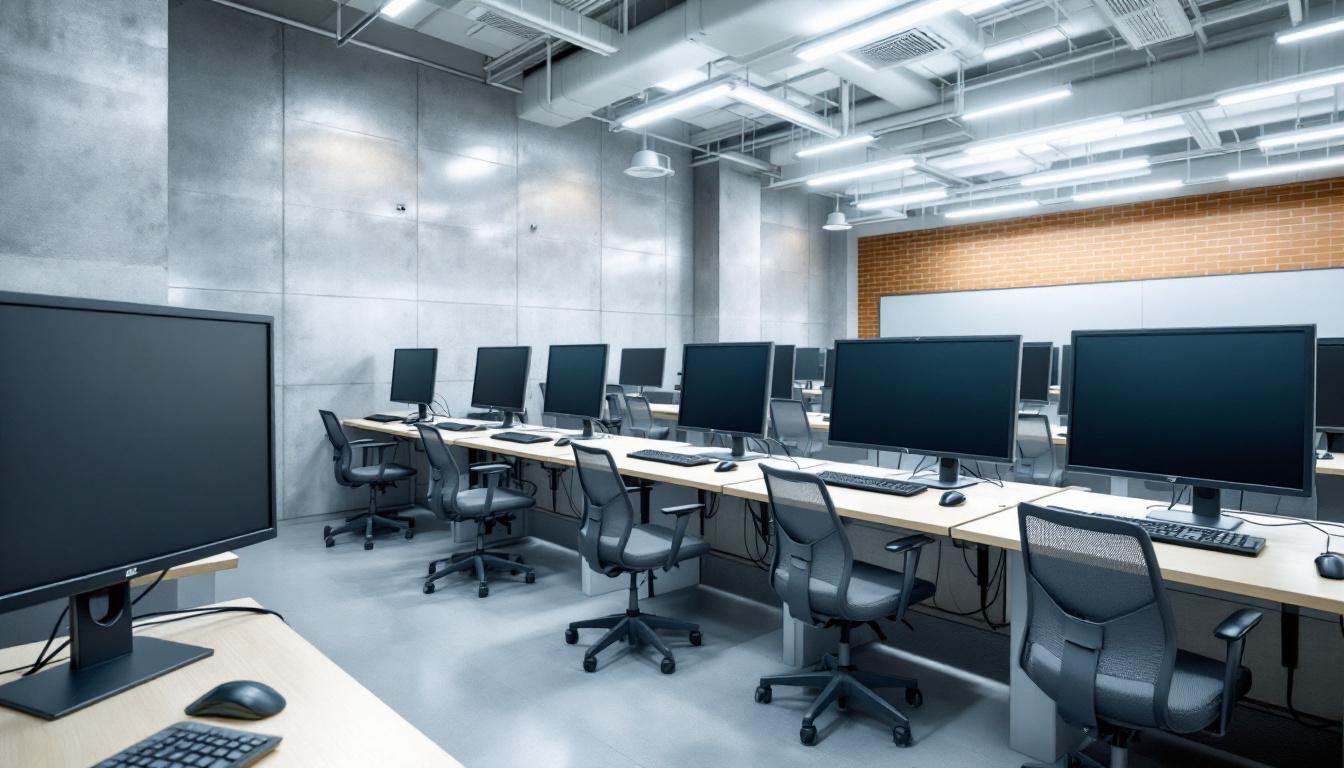
About Desoto Annex
Within Tampa's correctional landscape, comprehensive support services and structured programming form the foundation of daily operations at Desoto Annex, FL. This FL correctional facility typically provides individuals services that may include educational opportunities, vocational training programs, and behavioral intervention initiatives designed to support personal development during incarceration. The facility generally operates within Florida's broader correctional framework, serving the Tampa area community through various rehabilitation-focused approaches that often encompass job skills training, substance abuse counseling, and reentry preparation programs.
Positioned within Hillsborough County's correctional infrastructure, the facility serves as an important component in Florida's south region correctional system. Tampa's urban setting provides certain advantages for correctional operations, as the area's proximity to community resources, educational institutions, and potential employment opportunities may enhance reentry planning efforts. The correctional facility typically maintains connections with local service providers and community organizations that can support individuals both during their incarceration and upon release, though specific partnerships may vary over time based on available resources and program funding.
Programs & Services
Multiple pathways for personal development and skill-building create a foundation for meaningful change at DeSoto Annex. The facility's approach recognizes that individuals have diverse needs and learning styles, requiring varied opportunities to address different aspects of personal growth. This comprehensive framework typically emphasizes both immediate skill development and long-term preparation for successful community reintegration.
Educational opportunities often form the cornerstone of available programming, with individuals able to pursue basic literacy skills, high school equivalency preparation, and various vocational training options. These educational pathways may include computer literacy courses, basic mathematics, and reading comprehension programs designed to build essential academic foundations. Moreover, vocational training opportunities typically focus on practical skills that translate directly to employment possibilities upon release.
Support services and therapeutic programming complement educational offerings through targeted interventions addressing specific challenges. Substance abuse treatment opportunities often provide both group and individual counseling approaches to help individuals develop healthy coping strategies. Work release programs may offer structured community employment experiences, while family reunification services typically focus on rebuilding important relationships. Additionally, life skills development often includes communication skills training, time management workshops, and grounds maintenance work opportunities that provide practical experience and responsibility.
Daily Life & Visitation
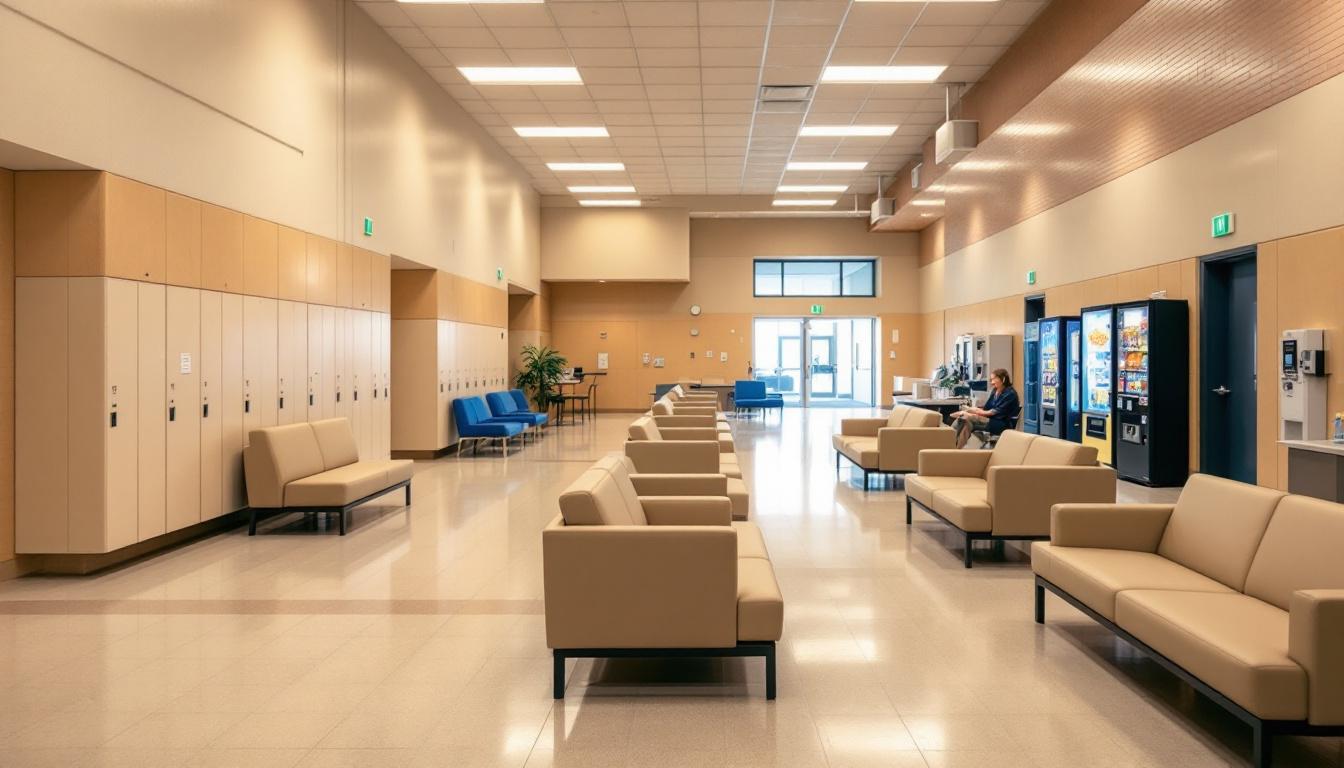
The sound of morning announcements now marks the beginning of each day for individuals housed at DeSoto Annex, as they prepare for a structured routine that balances security requirements with opportunities for personal development. Daily schedules typically include designated times for meals, work assignments, and programming activities, with individuals regularly participating in facility operations that may include kitchen duties, maintenance work, or administrative support roles. Count procedures occur at regular intervals throughout the day to ensure accountability and security.
Living accommodations at the facility generally consist of dormitory-style housing units where individuals share sleeping quarters with multiple roommates. Personal property allowances typically include basic clothing items, hygiene products, and limited personal effects, with additional items often available through the commissary system. Moreover, the structured environment maintains consistent rules regarding personal space and property storage, while individuals usually have access to common areas during designated recreation periods.
Programming opportunities offer structure through educational classes, vocational training, and recreational activities that may include outdoor exercise time and organized sports when weather permits. Whereas daily routines remain consistent, individuals typically have access to library services and may participate in various skill-building workshops. Family connections are generally maintained through scheduled visitation periods and telephone privileges, with specific communication policies governing contact with approved individuals on visitor lists. The facility usually provides information to families regarding visitation procedures and mail correspondence guidelines to help maintain important support systems during incarceration.
Ready to Connect?
Start communicating with your loved one today
Search for an Inmate
